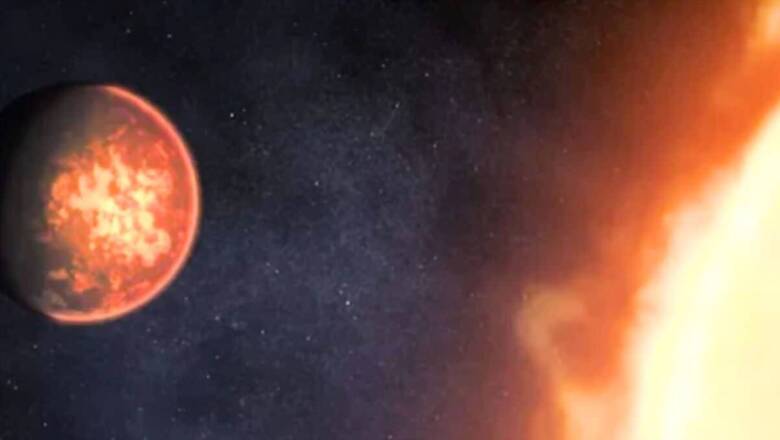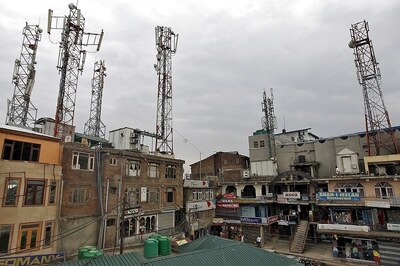
views
There are thousands of celestial bodies in space. Some are discovered, while others are yet to be discovered. We often get surprised when various space agencies from around the globe tell us about the undiscovered planets and stars. A similar discovery was revealed by the American space agency NASA. In a recent development, NASA reportedly discovered an exoplanet using the James Webb Space Telescope (JWST). The planet is said to be made of diamond-like carbon. The width of the planet is about twice that of Earth and is around 9 times heavier than Earth. According to the information shared by NASA, this exoplanet is known as 55 Cancri e. The distance between the planet and our solar system is around 41 light years. Astronomers mentioned that the planet is covered with hot lava. This is because the primary atmosphere of the planet is destroyed by the radiation of its star. It is said that the planet contains a huge amount of diamonds. Scientists have classified it as a super-Earth as it is much larger than Earth but lighter than planets like Neptune and Uranus.
The scientists mentioned that the exoplanet is quite dense. Due to its dense nature, astronomers believe that the planet is mostly composed of carbon that’s been compressed into diamonds. The exoplanet is just 1.4 million miles (2.3 million kilometres) away from its sun-like star, 55 Cancri A, which is around 0.01544 times the distance between Earth and the sun. Due to this less distance, 55 Cancri e orbits around 55 Cancri A once in every approximately 17 Earth hours. The temperature of the planet is around 4,400 degrees Fahrenheit (approximately 2,400 degrees Celsius).
Renyu Hu, a member of the research team and a researcher at the California Institute of Technology (Caltech) said in an interview: “We have measured the thermal emissions from this rocky planet, and the measurement indicates that the planet has a substantial atmosphere. This atmosphere is probably supported by the gas that is emitted from the rocky interior of 55 Cancri e, and according to our research, this is the first measurement of a secondary atmosphere on a rocky exoplanet.”



















Comments
0 comment